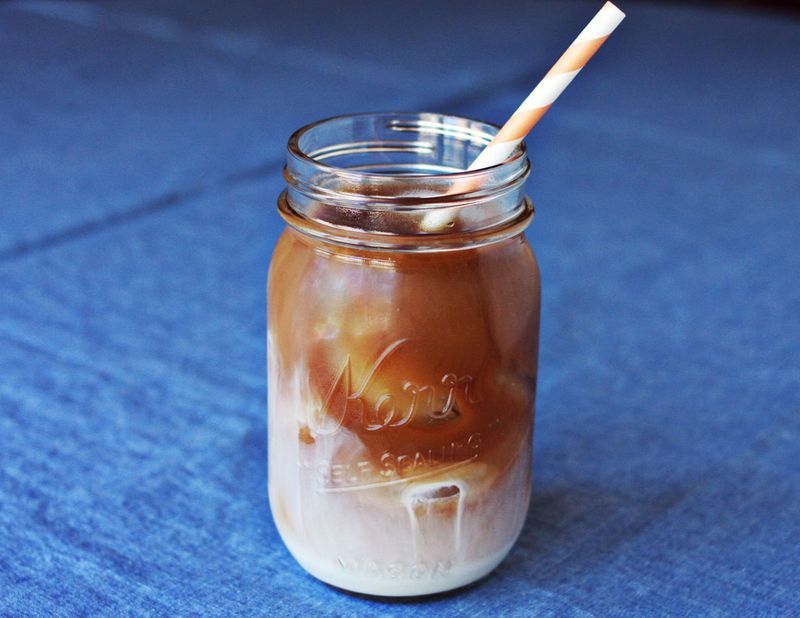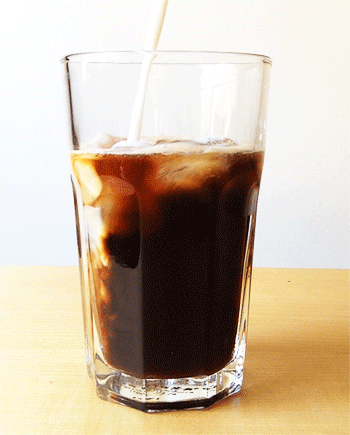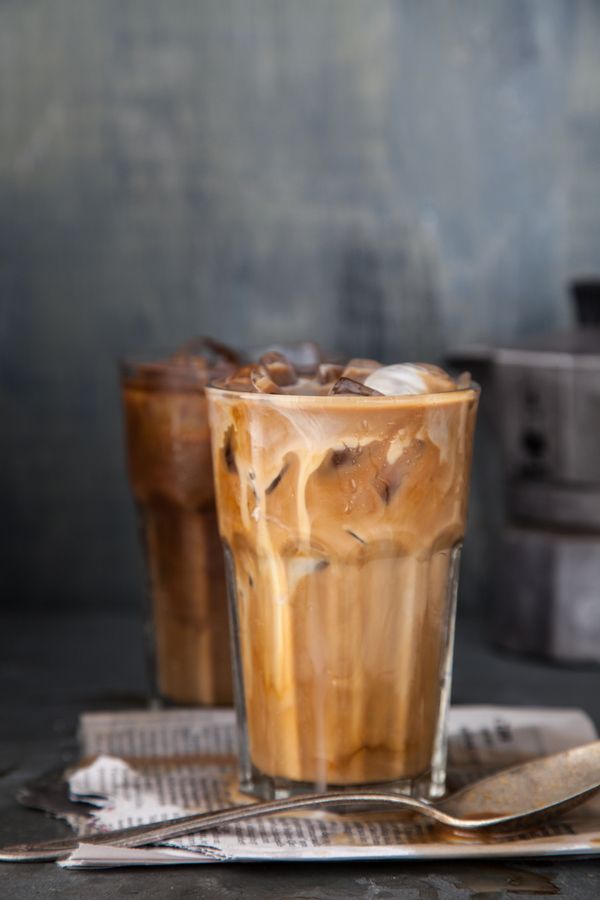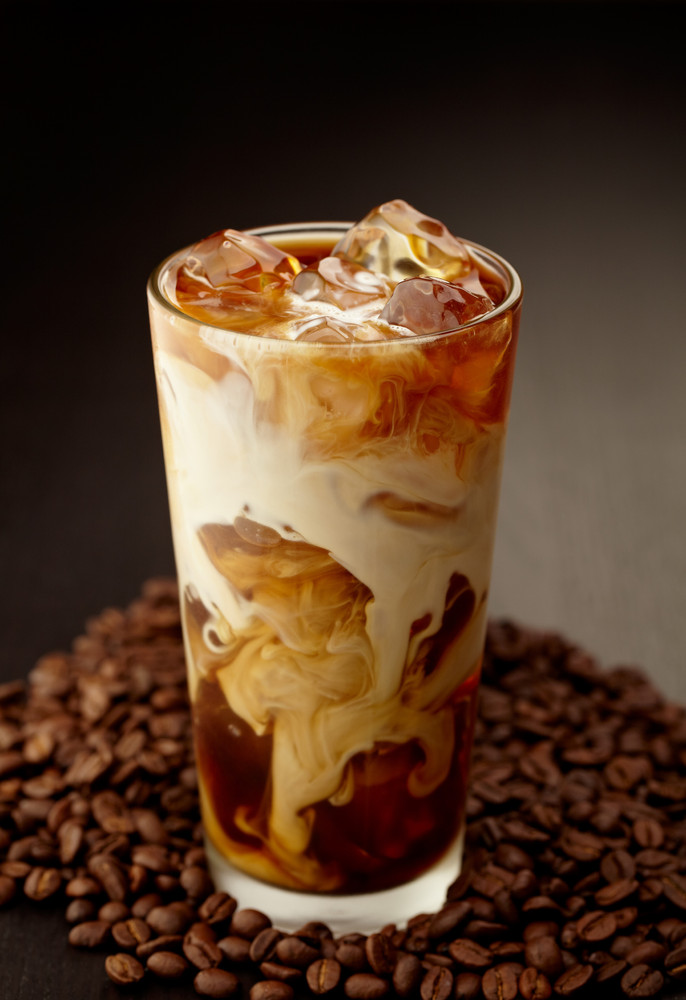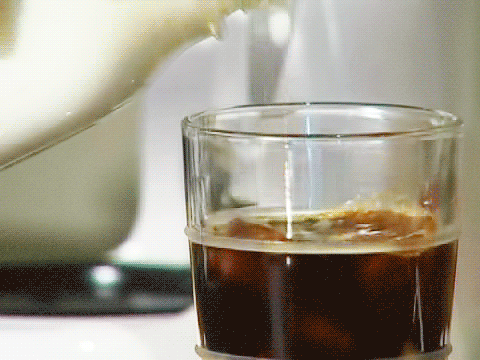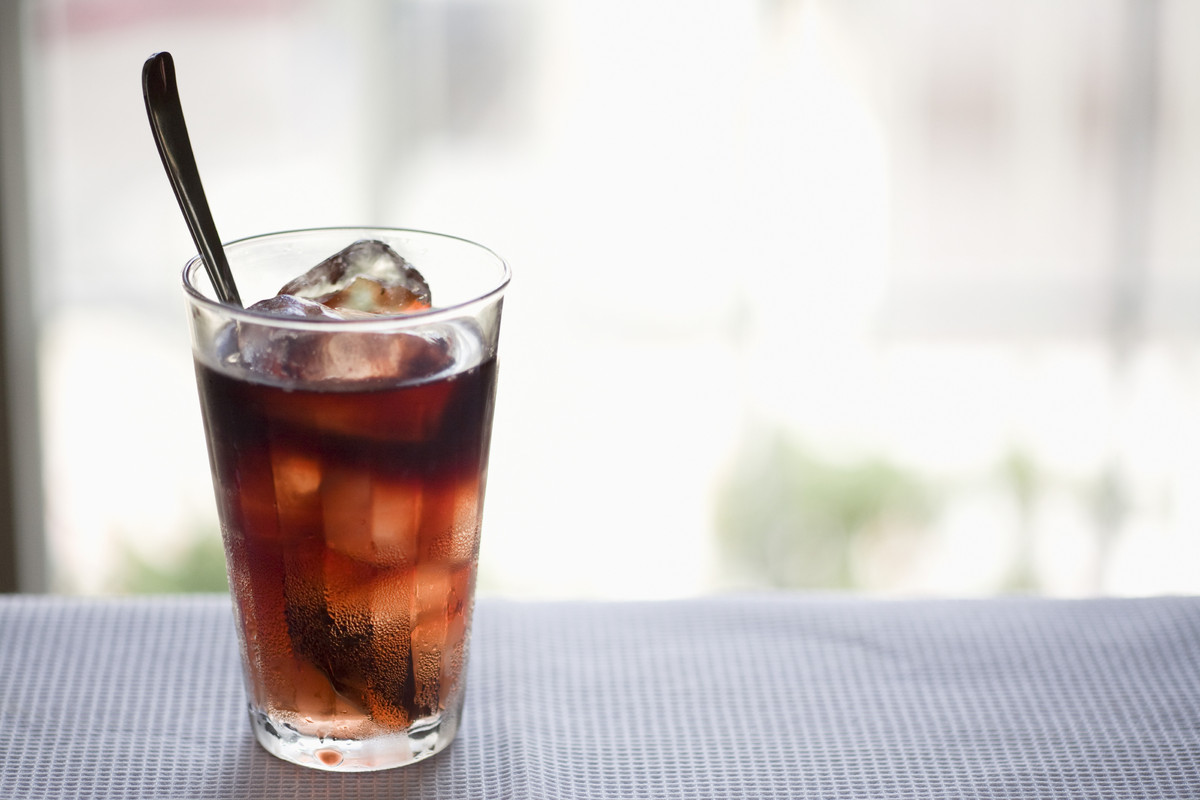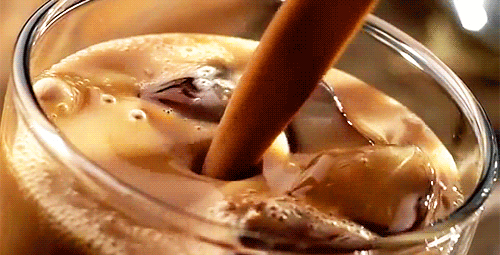SAGADA, the Philippines — Goad Sibayan went prospecting recently in the remote Philippine highlands here known as the Cordillera. He clambered up and then down a narrow, rocky footpath that snaked around some hills, paying no heed to coffins that, in keeping with a local funeral tradition, hung very conspicuously from the surrounding sheer cliffs.
Reaching a valley where coffee trees were growing abundantly, he scanned the undergrowth where he knew the animals would relax after picking the most delicious coffee cherries with their claws and feasting on them with their fangs. His eyes settled on a light, brownish clump atop a rock. He held it in his right palm and, gently slipping it into a little black pouch, whispered:
“Gold!”
Not quite. But Mr. Sibayan’s prize was the equivalent in the world of rarefied coffees: dung containing the world’s most expensive coffee beans.
Costing hundreds of dollars a pound, these beans are found in the droppings of the civet, a nocturnal, furry, long-tailed catlike animal that prowls Southeast Asia’s coffee-growing lands for the tastiest, ripest coffee cherries. The civet eventually excretes the hard, indigestible innards of the fruit — essentially, incipient coffee beans — though only after they have been fermented in the animal’s stomach acids and enzymes to produce a brew described as smooth, chocolaty and devoid of any bitter aftertaste.
As connoisseurs in the United States, Europe and East Asia have discovered civet coffee in recent years, growing demand is fueling a gold rush in the Philippines and Indonesia, the countries with the largest civet populations. Harvesters are scouring forest floors in the Philippines, where civet coffee has emerged as a new business. In Indonesia, where the coffee has a long history, enterprising individuals are capturing civets and setting up minifarms, often in their backyards.
Neither the Indonesian government nor the Association of Indonesia Coffee Exporters breaks down civet coffee’s tiny share of Indonesia’s overall coffee production. The Association of Indonesian Coffee Luwak Farmers, created in 2009 to handle the rising demand for civet coffee, or kopi luwak, as it is called in Indonesian, said most civet producers were small-time businessmen who exported directly overseas.
Given the money at stake, fake and low-grade civet coffee beans are also flooding the market.
“Because of its increasing popularity, there is more civet coffee than ever, but I don’t trust the quality,” said Rudy Widjaja, 68, whose 131-year-old family-owned coffee store in Jakarta, Warung Tinggi, is considered Indonesia’s oldest.
Competition is touching off fierce debates. What is real civet coffee, anyway? Does the civet’s choice of beans make the coffee? Or is it the beans’ journey through the animal’s digestive tract? Can the aroma, fragrance and taste of beans from the droppings of a caged civet ever be as tasty as those from its wild cousin?
Vie Reyes, whose Manila-based company, Bote Central, entered the civet coffee business five years ago, said she bought only from harvesters of the wild kind. Ms. Reyes exports to distributors overseas — Japan and South Korea are her biggest markets — and also directly sells 2.2-pound bags for $500, or about $227 a pound.
Maintaining quality was a constant challenge because distinguishing the real stuff from the fake was never easy. One time, harvesters sold her regular beans glued to unidentified dung.
“I washed it,” she said. “But the glue wouldn’t come off.”
One of her suppliers, Mr. Sibayan, 37, buys beans from collectors throughout the Cordillera, a mountainous region in the north that can be reached only after a punishing 12-hour drive from Manila. On a recent day, he dropped by to see the Pat-ogs, who own a 1.7-acre lot just outside this town.
Until Mr. Sibayan began buying their civet coffee four years ago, the Pat-ogs had never given much thought to the droppings left behind by the civets that came to munch on the family’s coffee trees at night. They discarded the beans or mixed them with regular beans they sold to agents. Now, they were getting about $9 a pound for the civet beans, or about five times the price of regular coffee beans, which, furthermore, required labor-intensive harvesting.
Mr. Sibayan inspected their batch and said he would pay just under top-grade price. He had found some impurities — inferior beans that the civet had spat out; beans chewed on, not by civets, but bats — that were indiscernible to all but Mr. Sibayan’s expert eye or, rather, tongue.
 |
| weaselcoffee in vietnam |
Licking one bean, he explained that real civet coffee beans should have lost their natural sweetness and acquired a rough texture. “This is pure, good quality,” he said, adding, “Once, some farmers tried to fool me by slightly roasting regular beans to remove the sweetness.”
Alberto Pat-og, 60, a retired school principal, said he did not understand why foreigners were willing to pay so much for a cup of the stuff.
“We are a bit surprised,” he said. “A bit perplexed.”
His son, Lambert, 20, added, with a big grin, “We are ignorant.”
The Pat-ogs wished they could expand their business but said there were simply not enough civets around. Compounding the problem, farmers around these parts tended to trap civets, which also have a taste for chicken. Local residents still prized civets less for their coffee-picking ability than their meat, which was typically dried before being prepared adobo-style.
 |
| weasel coffee also on ha long bay cruise ship |
“It’s very difficult to convince my neighbors not to kill civets because they’re considered such a delicacy here,” the father said.
In Indonesia, too, a shrinking civet population is creating obstacles for those hoping to ride the civet coffee boom. Civet coffee has long been centered in the western island of Sumatra, where a growing human population, economic development and deforestation have eroded their habitats.
Mr. Widjaja, the Jakarta store owner, said that the Dutch, who ruled Indonesia for more than three centuries, and Japanese soldiers, who occupied the country during World War II, were the most die-hard drinkers of civet coffee. But the coffee all but disappeared after the late 1950s, he said, and resurfaced on the market only after its reputation began spreading overseas. After he began fielding inquiries in 2007 from interested buyers in the United States, Japan and Taiwan, he secured a regular supply of wild civet coffee and began selling it only last year — at $150 a pound.
In Liwa, a small town in southwestern Sumatra, more than 30 families were involved in civet coffee.
 |
| weaselcoffees.com |
Mega Kurniawan, 28, entered the business two years ago by setting up shop in the backyard of his family home. He had already expanded to three other locations and was now in civets full time. With a total of 102 civets, he gathered about 550 pounds of beans a month.
During the day, Mr. Kurniawan’s civets slept inside their small wooden cages before growing active at dusk. At night, the animals ate from fresh plates of coffee cherries, replenished every two hours, or paced back and forth at a brisk, caffeinated clip.
Though caged, the civets ate only about half of the beans placed before them, choosing only the best specimens, Mr. Kurniawan insisted. He dismissed connoisseurs’ criticism that stress felt by the caged animals invariably affected the taste of the beans.
 |
| weasel coffee is good for health |
“It’s the same,” he said, acknowledging, however, that some buyers preferred wild civet coffee. “Maybe it’s the prestige.”
A few blocks away, Ujang Suryana, 62, had his own firm opinions about what constituted real civet coffee. A reflexologist, Mr. Suryana began moonlighting in civets three months ago after catching a local television report on the brew’s popularity abroad. He pooled $1,000 to buy three civets and cages.
He had already found a way to increase the civets’ output exponentially by mechanically stripping the coffee beans from the cherries and mixing them in a banana mash. The civets gobbled it all up. This way, no beans were wasted. What is more, he had raised the dung production from 2.2 pounds a week to a whopping 6.6 pounds a day.
But wasn’t Mr. Suryana denying the civet its renowned ability to sniff out the best beans?
 |
| weaselcoffees.com |
He scrunched up his face as if to wave away the suggestion. “The most important thing is that the beans go through its stomach and are fermented,” he said. “It all tastes the same, anyway.”



.JPG)






